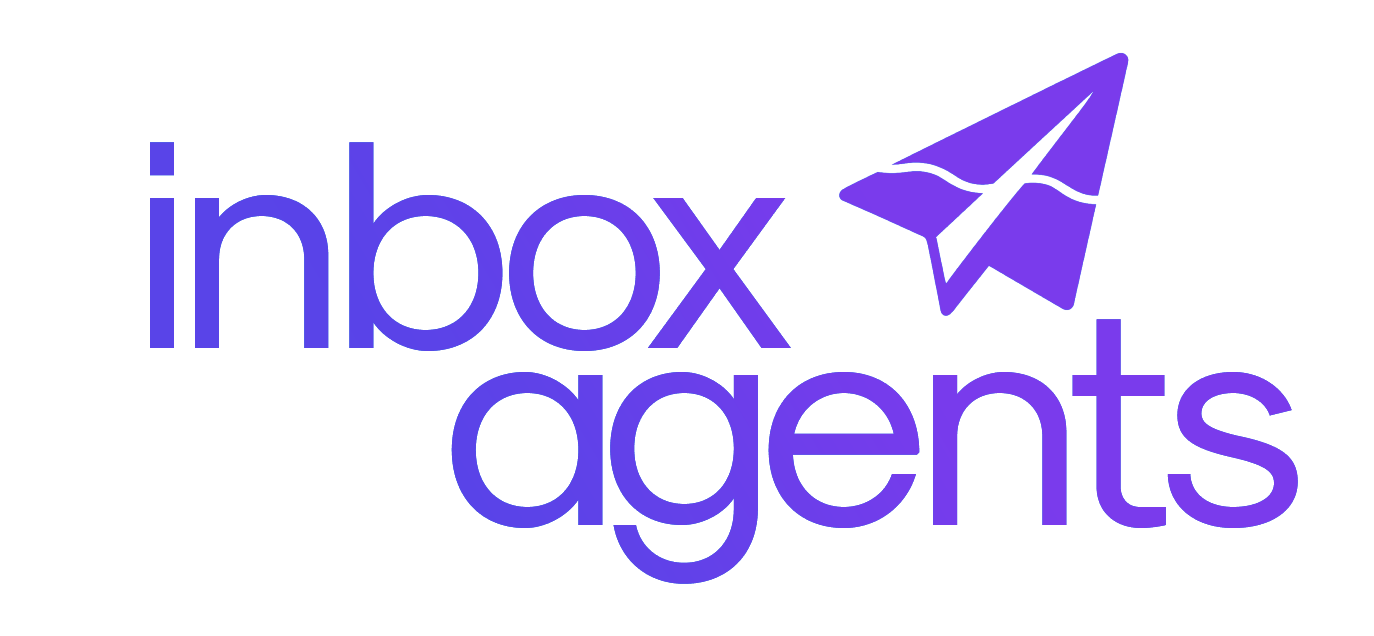
OpenAI introduces Sora 2 - cutting-edge text-to-video AI technology
OpenAI has launched Sora 2, its latest and most advanced text-to-video artificial intelligence model, setting a new standard for creating hyper-realistic and highly controlled short videos. Announced on September 30, 2025, this next-gen technology allows users to generate 10-second clips that integrate lifelike motion, synchronized audio, and fine-grained prompt control. OpenAI has also introduced a companion app, Sora, designed as an invite-only social platform for creating, remixing, and sharing AI-generated videos.
This release represents a leap forward from the original Sora model, which debuted in February 2024, and signals OpenAI’s growing influence in the competitive field of AI-driven video creation.
Enhanced realism and integrated audio capabilities
Sora 2 delivers significant technical improvements over its predecessor. The model excels at simulating real-world physics, with examples such as Olympic routines and dynamic backflips demonstrating its ability to create realistic motion. The AI also features advanced audio integration, synchronizing dialogue, sound effects, and background music to match visuals seamlessly.
Key advancements include:
- Enhanced Physics Simulation: Improved modeling ensures accurate depictions of motion, rigidity, and interactions, eliminating many of the "uncanny valley" issues seen in earlier AI-generated videos.
- Audio Integration: Users can generate voiceovers, soundscapes, and ambient noises that are synchronized with the visual content.
- Greater Controllability: Through detailed prompt inputs, creators can fine-tune style, duration, and specific elements of the video, while safety filters help prevent unauthorized use of copyrighted material.
During a livestream demonstration on September 30, OpenAI researchers Bill Peebles, Rohan Sahai, and Thomas Dimson illustrated the model's capabilities, including a cat executing a triple axel and a pirate ship battle staged in a coffee cup. Describing the release, CEO Sam Altman labeled it a pivotal moment for AI video creation, calling it OpenAI’s "GPT-3.5 moment for video."
A social platform reinvented for AI video creation
OpenAI’s new Sora app complements Sora 2 by offering an AI-first, TikTok-style platform exclusively for AI-generated videos. Available initially to invite-only iPhone users in the United States and Canada, the app prioritizes creativity while addressing potential misuse of AI technology.
The app offers several unique features:
- Algorithmic Feed: A vertical feed provides users with personalized content recommendations based on their engagement, location, and ChatGPT history (with an opt-out option available).
- Remix Culture: Tools allow users to "fork" and edit existing videos, encouraging collaborative creativity.
- Cameo Functionality: Verified users can insert themselves into videos via a secure system that requires verification of their likeness through video or audio recordings. Notifications ensure informed consent for any usage of these verified avatars.
- AI-Exclusive Content: To foster a culture of originality, the app prohibits real-world uploads. All content must be generated using the AI model.
OpenAI designed the app to promote a remix culture and serve as a testing ground for emerging trends, showcasing surreal and highly shareable content. Early users have already highlighted the app’s potential for generating imaginative creations.
Competing in a growing AI video landscape
The release of Sora 2 positions OpenAI as a major player in the increasingly competitive AI video space, directly challenging Meta's Vibes feed and Google's Veo 2, both of which launched earlier in September 2025. OpenAI benefits from its extensive user base - 700 million ChatGPT users - and aims to capitalize on the growing demand for short-form video content.
The app’s monetization strategy is closely tied to OpenAI's subscription tiers, including a $20-per-month Pro option that provides access to higher-quality video outputs. By addressing safety concerns, including watermarking and identity verification, OpenAI also aims to set a benchmark for ethical AI deployment. Altman emphasized that the company’s focus is on fostering "ethical engagement over raw generation."
Challenges and broader implications
While Sora 2 represents an exciting step forward for creators, social media users, and developers, it is not without challenges. OpenAI faces ongoing scrutiny over intellectual property disputes and regulatory concerns surrounding deepfake technology. Despite these hurdles, the potential for the model to disrupt markets is significant.
For creators, Sora 2 makes professional-quality video production accessible without requiring cameras or elaborate setups. Social media users can enjoy a new wave of engaging, AI-generated content, while developers will soon gain access to an API for building custom tools and applications. However, OpenAI acknowledges potential risks, such as oversaturation of low-quality AI content and ethical dilemmas related to authenticity.
Market analysts project significant economic impact, with AI video potentially capturing up to 20% of the short-form video market by 2027. OpenAI’s innovations could add as much as $50 billion to the AI-driven creative economy, further solidifying the company’s position as an industry leader.
A new era in AI video creation
With the release of Sora 2, OpenAI is redefining what is possible in the realm of generative video technology. By combining technical excellence with a socially driven platform, the company aims to inspire a new wave of creativity while addressing the ethical challenges of AI. Whether it sparks a generative video renaissance or raises deeper questions about the nature of creativity, Sora 2 is undeniably a transformative innovation.
